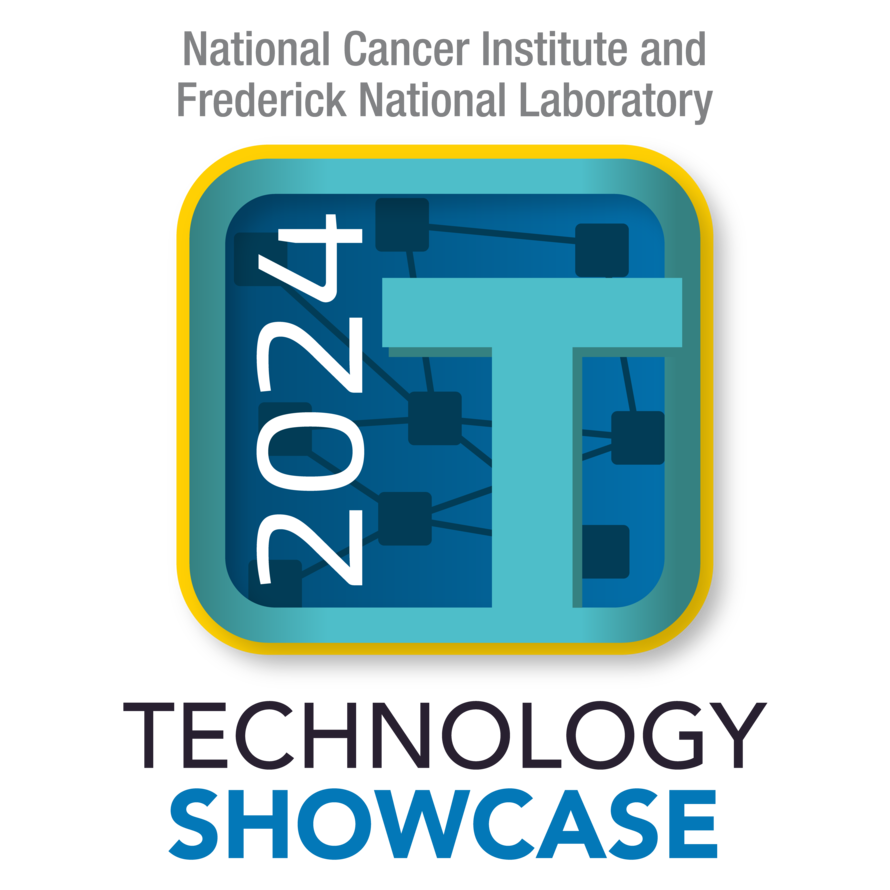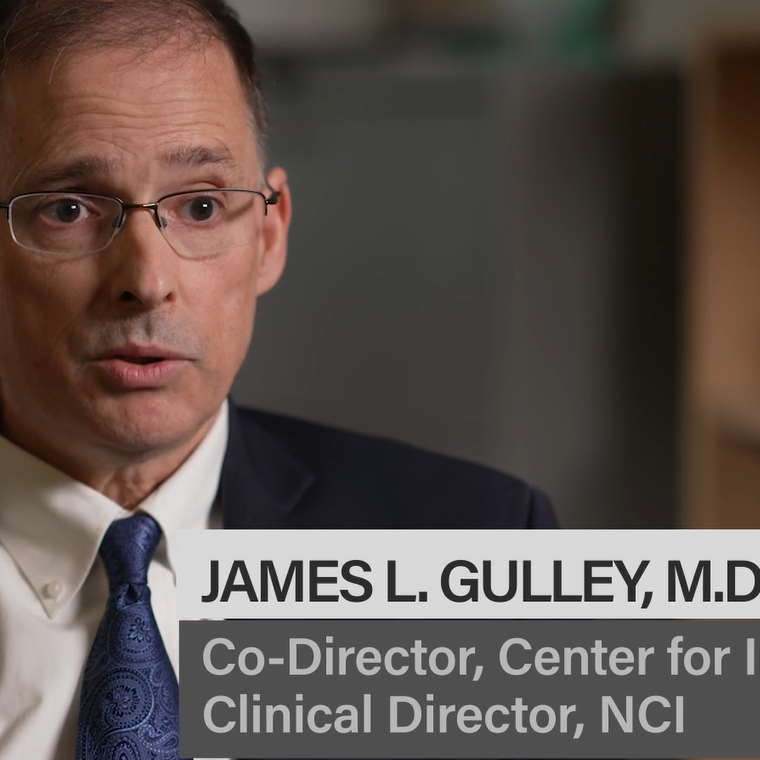News & Events
Featured News and Events
-
 2024 Technology Showcase
2024 Technology ShowcaseAnnual event highlighting how potential industry partners can work with the NCI and Frederick National Laboratory
-
 Video: Treatment for Merkel Cell Carcinoma
Video: Treatment for Merkel Cell CarcinomaTTC supported the path from discovery and collaborative development of a new type of treatment for Merkel cell carcinoma.
Recent News
Upcoming Events
-
We have no events posted right now, but check back soon for a listing of upcoming events and meetings.